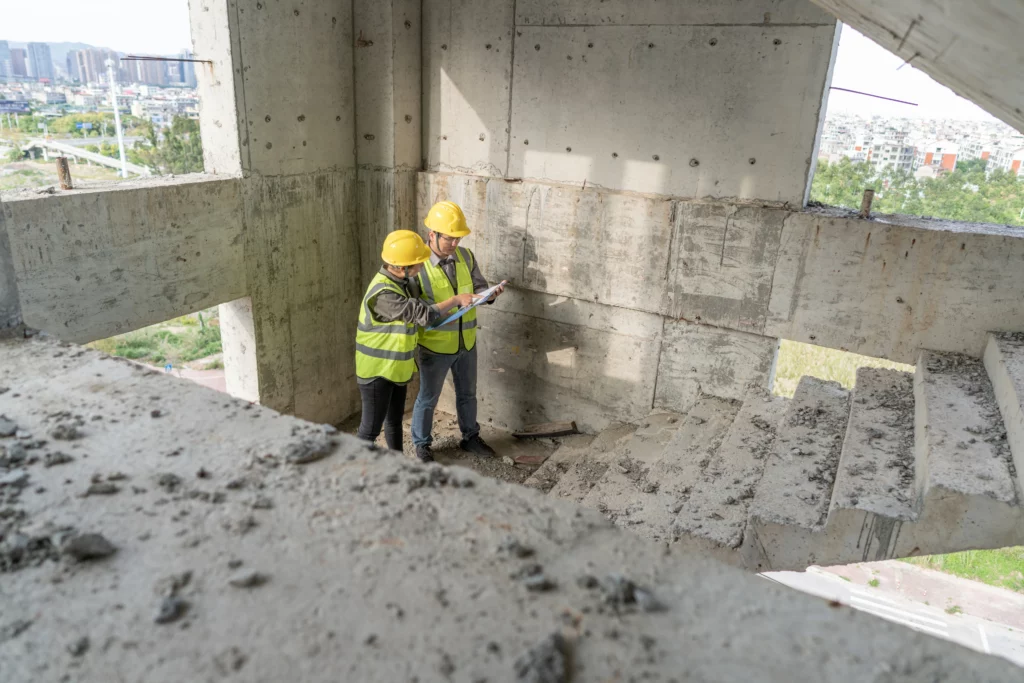Field Marshall Helmuth von Moltke was a brilliant war strategist of the 19th Century and is credited with the famous take that “no plan survives first contact with the enemy”.
Well, we shall see… The HSE’s ten-year strategy – “Protecting People and Places” was published a few weeks ago and sets out five objectives together with six “strategic themes”, seeking (per Chloe Smith MP, responsible for the document’s foreword) to “create the space” for the HSE to respond to a changing landscape and “remain relevant”. It sets out to “support the delivery of wider government priorities,” including the move towards net zero and improving the nation’s health.
Translated, this means HSE has been saddled with a load of additional responsibilities post-Brexit and post-Grenfell while it copes with significant changes in how we work and the technology we use to do so.
There are Five Strategic Objectives:
- Reduce work-related ill-health, with a specific focus on mental health and stress.
- Increase and maintain trust so that the public feel “safe where they live, where they work, and in their environment.”
- Enable industry to innovate safely to prevent major incidents supporting the move towards net zero.
- Maintain Great Britain’s record as one of the safest countries to work in.
- Ensure HSE is a great place to work, and it attracts and retains exceptional people.
What can we learn from this list?
In the first instance, I think we can safely ignore Objective 5…
Objective 1 focuses on work-related ill-health, particularly mental health and stress at work. Does that mean absence from work for either of those issues is going to become reportable under RIDDOR? Does HSE even vaguely have the expertise to opine on this area of ill health? Do we assume that “usual” workplace accidents/incidents are no longer such a priority?
Objective 2 is all about the additional responsibilities being heaped on HSE in the form of its new Building Safety Regulator and the associated melding of fire safety into the health and safety risk management portfolio. Add in post-Brexit regulation of chemicals, pesticides, biocides, and detergents being handed over to the Executive and you can almost sense the headaches.
Objective 3 focuses on net-zero and the role of HSE – this means, “oh Lord, has anyone thought about Hydrogen and battery technology risk yet?” amongst other things.
Objective 4 is all about maintaining the country’s safety record (which is good); effectively, the HSE is saying that those who create risks are best placed to manage them. HSE’s expectations and evidence suggest that most businesses have the necessary skills, knowledge, and experience to manage safety risks for themselves. Would any of us argue with this?
Sitting under these strategic objectives are the six strategic themes which HSE says will guide its regulatory activities from 2022-2032. They are:
- A relevant HSE
- A fair and just HSE
- A people focused HSE
- A collaborative HSE
- A financially viable HSE
- An accessible HSE
The themes that stand out to me are the “fair and just” and the “financially viable” – i.e. evidence-based targeting of businesses in higher risk sectors and those with poor safety records; and adopting a “polluter pays” style approach so HSE recovers all its costs where it intervenes in any business whether for enforcement or advisory purposes – “FFI plus?”
The importance of all this is that we have a clear view of the landscape the HSE has drawn for itself over the next few years – its rationale, what factors will inform its activities and the foundation for the more detailed annual plans which follow. We can use this to think about our own activities, compliance priorities and the focus of our attention, possibly altering our emphasis to align more closely with HSE’s worldview – difficult to be criticised for doing so.
The question for HSE will be whether, in practice, this is a plan that can survive unscathed as the UK moves into seemingly unchartered economic and post-Brexit political realities.






































































